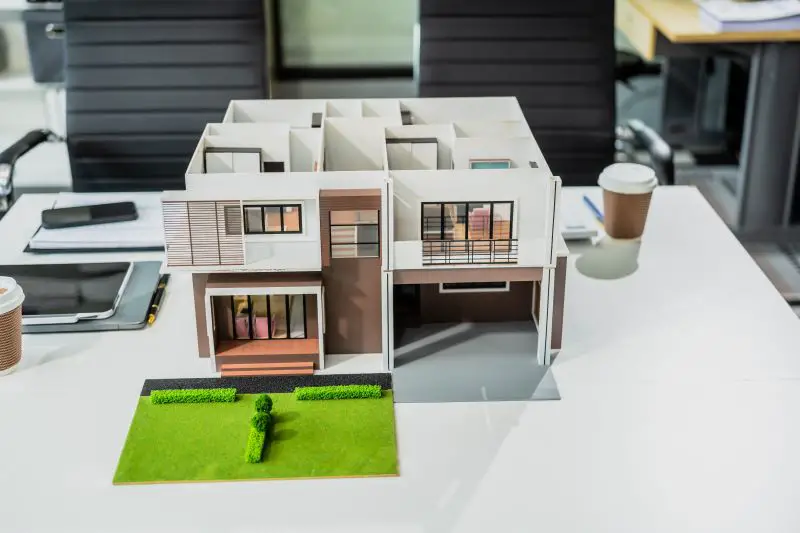Click here to get this post in PDF
This article contains affiliate links. For more info, see disclosure.
Your home has to be designed to provide you with the utmost comfort not just physically but mentally as well. People’s feelings and behaviours within a location can be greatly influenced by the way it is constructed. When you hire house designers in Brisbane, you must not just discuss the elements related to the visual appeal, but several other factors that make your space your favourite place to be in. You can design environments that not only look beautiful but also feel amazing to be in by adding psychological ideas into your work.
The following are some essential guidelines for interior architecture psychology.
The right colours make a difference
Colour psychology holds that the hues you select for a space can significantly affect the emotions of those living there. Cold colours like blue, green, and purple can promote calmness and relaxation. Warm colours like red, orange, and yellow, for instance, can evoke a feeling of vitality and enthusiasm. While constructing a place, think about the atmosphere you want to establish and make colour selections appropriately.
Different lighting for a different mood
Another crucial component of interior architecture that can affect mood and behaviour is lighting. There are several architectural techniques that can encourage the easy entrance of natural lighting into the home. Although natural light is preferable, you may get a variety of effects using artificial lighting. Dim lighting can be soothing, while bright lighting can be energetic. Moreover, space can enhance depth and intrigue by utilizing a range of lighting sources.
Placement of Furniture
How furniture is arranged can have an impact on how a room flows and how people interact there. A more informal and relaxed ambience can be created by arranging chairs and sofas in a circle, while a formal and structured one can be produced by arranging them in rows. While planning a space, take into account how the location of the furniture will affect the use and atmosphere of the space.
Materials and Textures
The materials and textures you use in a space can also significantly affect how people feel. Rougher textures can be invigorating, whereas plusher, softer textures can induce comfort and relaxation. Incorporating organic elements into a place, such as wood and stone, can also foster a sense of harmony and a connection to the outside world.
Incorporating Minimalism
In recent years, minimalism has become a trendy design trend. The goal is to construct places that are uncluttered and seem simple. This can help a place feel peaceful and focused, which is good for both work and relaxation. This also makes everything clear and easily accessible. People would feel safe and calm in such a setting.
You can build rooms that not only look amazing but also feel great to be in by applying these concepts to them. Also, by comprehending the psychology of interior architecture, you may design environments that satisfy your particular requirements.
The ultimate objective of interior architecture is to design rooms that enhance people’s quality of life. This objective can be met by adding psychological concepts into your designs, which will result in buildings that are genuinely pleased to be in.
Final Words
It is critical for home designers in Brisbane to incorporate the psychology of interior architecture into their designs. Creating an ambience that feels comfortable and functional at the same time is a crucial aspect of overall home design. Take into account the above-mentioned aspects including colour psychology, lighting, furniture placement, textures and materials, and minimalism into consideration. Your comfort zone will be set apart from the usual concepts and designs by incorporating trendy and different ideas as given above.
You may also like: 5 Essential Tips To Consider When Choosing An Interior Designer For Your Home
Image source: elements.envato.com

